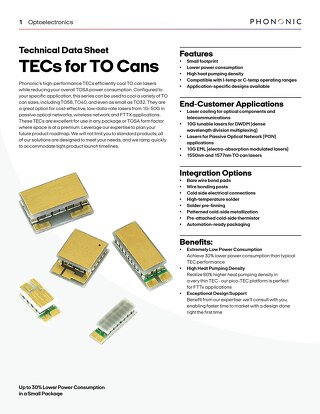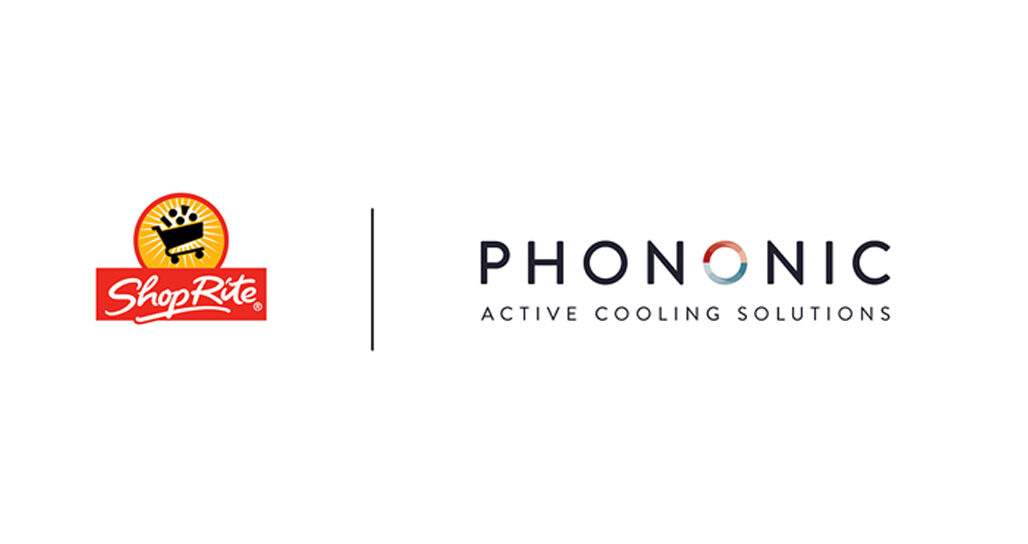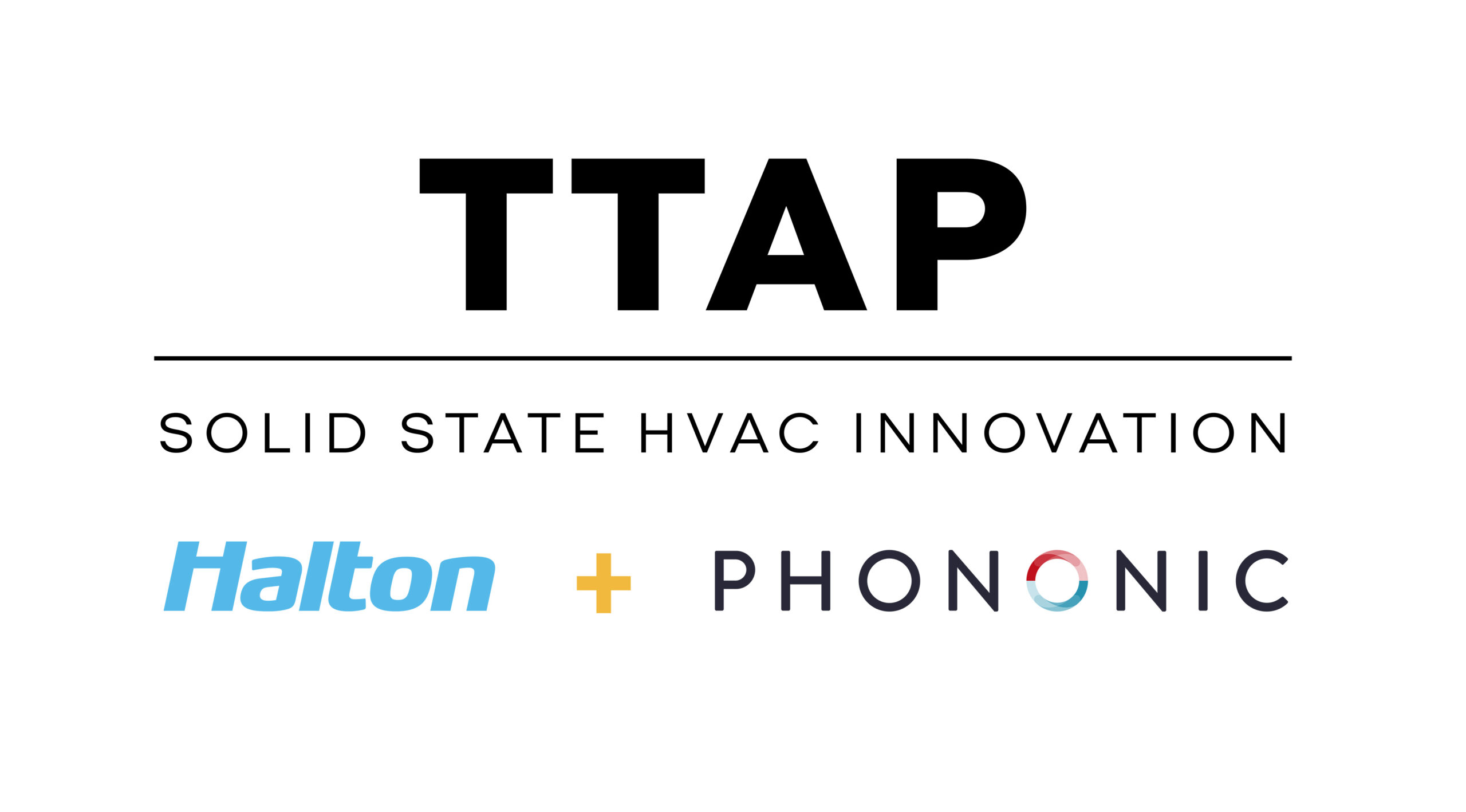Addressing Reliability in LiDAR Systems with Thermoelectric Cooling
September 29, 2019
Light Detection and Ranging (LiDAR) systems use pulsed laser light to measure the distance between a source object and surrounding objects in its environment. This technology is very useful for autonomous vehicle applications, where it is used to create a virtual map of the area surrounding the vehicle. More advanced LiDAR systems can even measure velocity, providing very detailed data for autonomous vehicles so they can safely navigate a busy highway or an active survey site, for example.
LiDAR technology is already being deployed in real-world applications. UPS is delivering some of its cargo in self-driving trucks, and the 2019 Audi A8 became the first commercially available passenger car equipped with LiDAR. The Audi uses LiDAR to monitor surrounding conditions to assist the driver when switching lanes or maintaining speed and following distance, even during stop-and-go traffic jams.
As more of these vehicles hit the roads and the applications start to reach maturity, safety will remain a pressing factor. Ensuring the highest possible measures of safety could be a differentiator for LiDAR navigation systems, but manufacturers need to ensure long-term reliability for that to happen.
Why Does Reliability Matter?
LiDAR technology requires high accuracy and reliability to ensure safety and performance for the vehicle or application utilizing it. A LiDAR system relies on a laser, which creates a pulsed light. This light is sent out from the source and reverberates back to the source when it hits surrounding objects and reflects. A sensor then measures the time between returning pulses to determine the distance from surrounding objects.
Based on these calculations, a LiDAR system can then plot out points on a virtual map in real time. An autonomous vehicle uses this data to navigate safely and avoid objects. LiDAR technology that enables a high level of accuracy and reliability in producing and plotting out this data will help improve safety for autonomous vehicles, driving wider adoption.
Reliability Challenges in LiDAR
There are two main challenges to achieving full, long-term reliability in LiDAR systems:
- Wavelength stability: The laser’s light wavelength may be affected by changes in temperature. If the temperature fluctuates, it will result in the frequency fluctuating as well, leading to inaccurate detection from the sensor.
- Detector sensitivity: The detector needs to feature good signal-to-noise ratio and range, otherwise the LiDAR system may not be able to accurately track objects that reflect a small fraction of the laser light, such as a darker colored car that’s farther up the road.
Improving Reliability with Temperature Control
Because the lasers in LiDAR systems inherently produce heat in order to send out light pulses, they create a change in temperature that adversely affects wavelength stability and detector sensitivity. Effective thermoelectric temperature control can help solve both of these challenges and lead to better performance and reliability for your LiDAR system.
Phononic’s TECs provide unmatched reliability and temperature control, with high heat pumping density and low overall power consumption. We extensively test every TEC for reliability, and our devices have exhibited 100X reliability over standard ceramic plate TECs with a much longer time to failure. Our TECs are engineered to perform in everyday, real-world use for LiDAR applications without failing, giving you the reliability you need to ensure excellent system performance and safe navigation.
To learn more about how temperature control and reliability affects your LiDAR application, contact us today.









